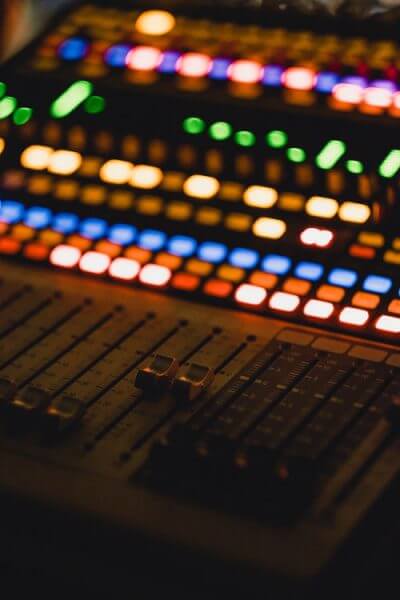DAWs: What You Need To Know

Digital Audio Workstations (DAWs) are what you use to record and edit music on your computer. It is software that allows you to manipulate audio in various ways, and depending on your software of choice, can do different tasks. DAW software isn’t cheap, but it isn’t the most expensive either, making it easy to start your own home recording studio. Here are a couple of the common brands out there and their highlights.
1. Pro Tools: This is the industry standard known for being user-friendly – be careful this term, as using any DAW effectively will take some serious practice. It has a fast workflow (it takes less keystrokes to complete your task) than other DAWs. If you’re going to take music production seriously and are looking to work in a studio someday, learning this software is a must! This brand doesn’t come with stellar plug-ins (editing tools) or too many quality instrument sounds, but hey, I’m sure there’s someone out there using these tools to their advantage. Other than that, this is a very solid DAW for around $500-$600.
2. GarageBand: This is certainly the kid brother to all the other DAWs listed, but it’s still very useful. If you’ve never recorded before, this is a great starting point. When I first started recording I used Pro Tools and it was a bit overwhelming. Believe it or not, I switched to GarageBand and I learned way more because of the simpler design! GarageBand has many of the mixing and editing features of any other expensive DAW for only $5! It is limited in advanced recording techniques, such as not having audio routing (sending audio signals to different channels). GarageBand is also limited in the types of third party plug-ins that you can use. The stock instrument sounds however, while not the best, are still pretty good to get you through your first few tracks, especially for beginners.
3. Logic: If GarageBand is the child, then Logic is certainly the grown up. Made also by Apple, Logic contains a similar layout as GarageBand but with way more features. There’s advanced audio routing, and a ton of much better instrument sounds. In fact, out of all the DAWs listed here, I’m under the impression that Logic contains the best stock instruments. This can help you save money instead of buying more plug-ins from third party developers. From what I’ve understood, they’ve dropped their price to around $200, which makes this product a great bang for the buck.
4. Digital Performer: This is a lesser-known DAW but still very powerful and useful. (It’s actually the one I use, simply because a friend of mine knows it well and he helped me learn the software!) Digital Performer is lauded as a very good MIDI editor. The interface is ultra customizable; it even comes with a “Pro Tools” setting! As with Pro Tools, it’s stock plug-ins and instrument sounds are not too good, and it’s not the most user-friendly at first. With some practice, the customizability of this DAW can trump aspects of other software. I luckily have not had to deal with any tech issues, but I hear their tech support is top notch. This product costs about $500.
Comments are closed.

2 Comments
Thanks, I needed a good laugh today. I hope you don't mind but I posted this on on my blog. I enjoy reading many of your articles, and todays was detlfineiy worth reading. Thanks
We’re glad you enjoy reading our posts! Please keep sharing them! 🙂